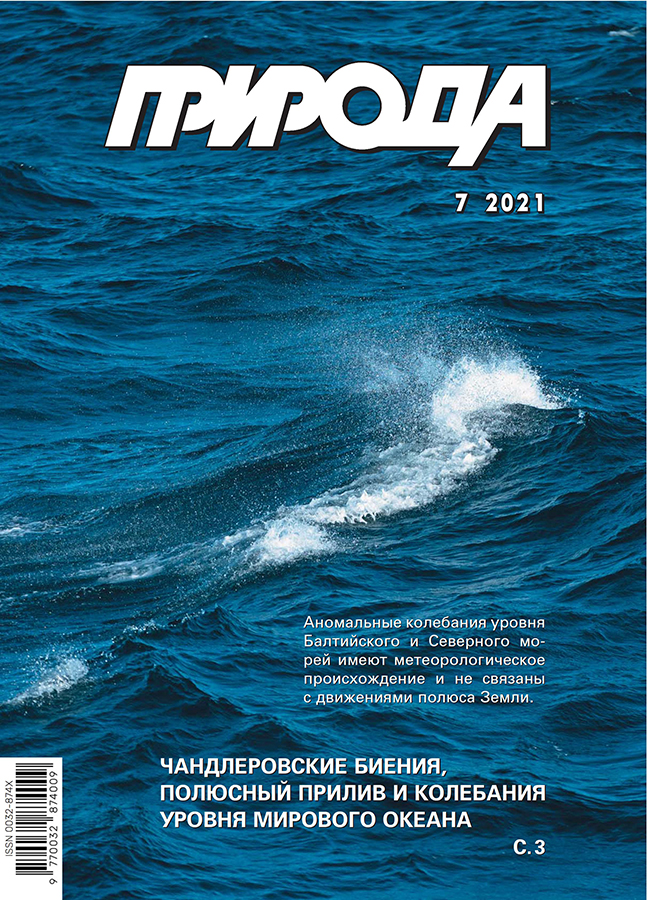Oral Insulin, or How to Trick the Stomach
- Autores: Valuev L.I1, Valuev I.L1
-
Afiliações:
- Topchiev Institute of Petrochemical Synthesis, RAS
- Edição: Nº 7 (2021)
- Páginas: 15-21
- Seção: Articles
- URL: https://journals.eco-vector.com/0032-874X/article/view/628007
- DOI: https://doi.org/10.7868/S0032874X21070024
- ID: 628007
Citar
Texto integral
Resumo
More than 420 million people have now diabetes worldwide. Many of them need insulin to maintain optimal blood glucose levels. The most common way of its administering is injections. However, injections several times a day are not only traumatic and inconvenient, but also carry certain risks. Therefore, many laboratories around the world are looking for alternative, non-invasive, insulin delivery methods. Obviously, the most attractive and physiological is the oral one (delivery in the form of tablets or solutions). This article considers advantages and disadvantages of such a way of administering, and also discusses a new strategy for the treatment of diabetes, which is based on dilute insulin solutions and supported by the results of hypoglycemic effect positive experiments.
Palavras-chave
Sobre autores
L. Valuev
Topchiev Institute of Petrochemical Synthesis, RAS
Email: valuev@ips.ac.ru
Moscow, Russia
I. Valuev
Topchiev Institute of Petrochemical Synthesis, RASMoscow, Russia
Bibliografia
- Banting F.G., Best C.H. Pancreatic extracts. 1922. J. Lab. Clin. Med. 1990; 115(2): 254–272.
- Banting F.G., Best C.H., Collip J.B. et al. Pancreatic extracts in the treatment of diabetes mellitus. Can. Med. Assoc. J. 1922; 12(3): 141–146.
- Профилактика и диагностика диабета и борьба с ним. Обновленная информация о семьдесят четвертой сессии Всемирной ассамблеи здравоохранения — 27 мая 2021 г. Available at: www.who.int/ru/news/item/27-05-2021-update-from-the-seventy-fourth-world-health-assembly-27-may-2021.
- Koeslag J.H., Saunders P.T., Terblanche E. A reappraisal of the blood glucose homeostat which comprehensively explains the type 2 diabetes mellitus-syndrome X complex. J. Physiol. 2003; 549(2): 333–346. doi: 10.1113/jphysiol.2002.037895.
- Chang X., Jorgensen A.M., Bardrum P., Led J.J. Solution structures of the R6 human insulin hexamer, Biochemistry. 1997; 36(31): 9409–9422. doi: 10.1021/bi9631069.
- Теппермен Дж., Теппермен Х. Физиология обмена веществ и эндокринной системы. Вводный курс. Кандрор В.И. (пер. с англ.); Ажипа Я.И. (ред.). М., 1989.
- Saffran M. Targeting of Drugs 3: The Challenge of Peptides and Proteins. Gregoriadis G. (ed.). N.Y., 1992; 89–95.
- Shah R.B., Patel M., Maahs D.M., Shah V.N. Insulin delivery methods: Past, present and future. Int J Pharm Investig. 2016 Jan-Mar; 6(1): 1–9. doi: 10.4103/2230-973X.176456.
- Lee V.H. Enzymatic barriers to peptide and protein absorption. Crit. Rev. Ther. Drug Carrier Syst. 1988; 5(2): 69–97.
- Saffran M., Pansky B., Colin Budd G., Williams F.E. Insulin and the gastrointestinal tract. J. of Controlled Release. 1997; 46(1): 89–98. doi: 10.1016/S0168-3659(96)01578-7.
- Григорьев А.И., Платэ Н.А., Валуев Л.И. и др. К вопросу о возможности использования пероральной формы инсулина. Клиническая медицина. 2005; 83(1): 32–35.
- Валуев Л.И., Платэ Н.А., Старосельцева Л.К. и др. Раствор инсулина для перорального введения. Химико-фармацевтический журнал. 2006; 40(4): 47–50.
- Валуев Л.И., Платэ Н.А., Старосельцева Л.К. и др. О возможности перорального введения растворов белков. Прикладная биохимия и микробиология. 2007; 43(1): 114–117.
- Valuev L.I., Sytov G.A., Starosel’tseva L.K. et al. Oral insulin preparation for the regulation of the blood glucose level. Biochemistry (Moscow). 2010; 4(1): 112–115. doi: 10.1134/S1990750810010154.
- Jensen D. The Principles of Physiology, Appleton-Century-Crofts, N.Y., 1980.
Arquivos suplementares









